Beginner’s guide to every type of mountain bike
What's the difference in XC versus Endurance? Enduro vs. All-mountain?
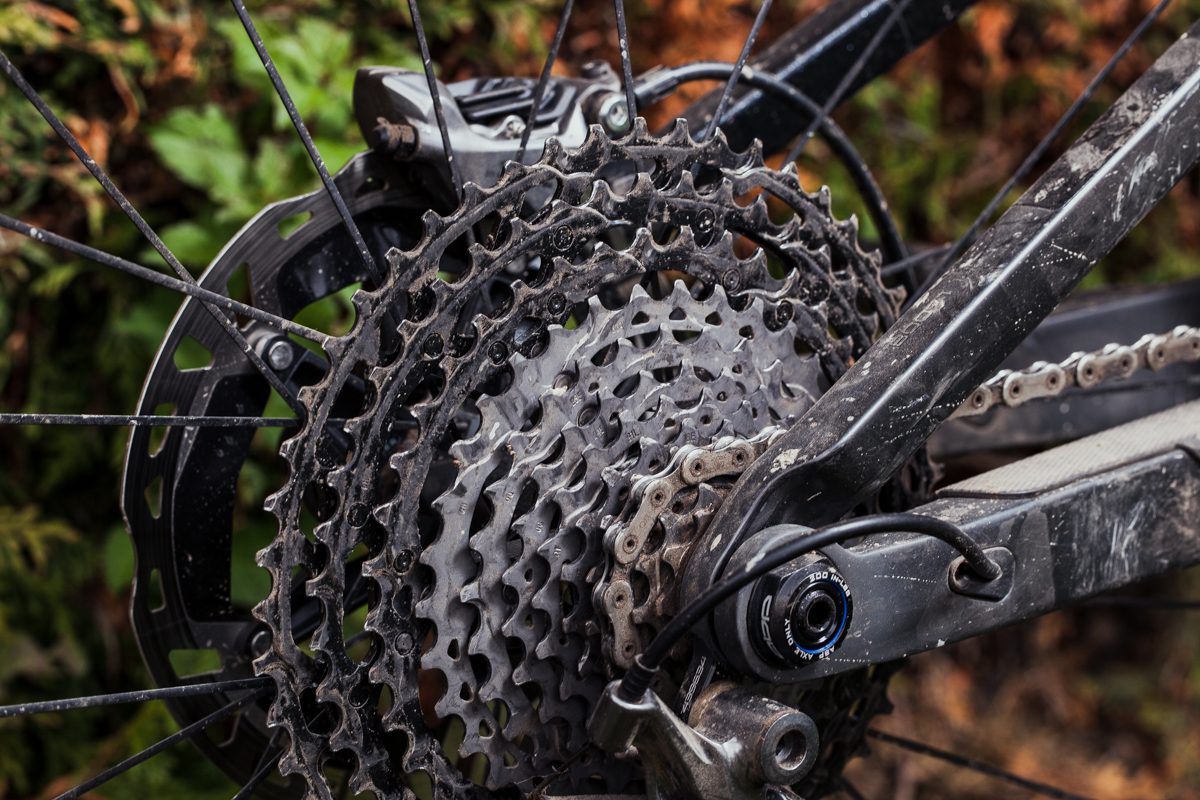
So you’re in the market for a new mountain bike. Where do you start? Normally much of the preliminary research can be done online. You can browse what various brands have to offer and get an idea of what kind of money you’ll be looking to spend.
You navigate over to the bike brand website, click on ‘Mountain Bike’ and suddenly you’re presented with a list of options. Vague words like ‘Trail’, ‘All-Mountain’ and ‘Endurance’ don’t do much to describe what kind of bike you’re looking at. These categories may mean slightly different things for different brands. Without getting to mired down in details, let’s break down the most common characteristics of each category to help you figure out which is best for your needs.
At the end, we’ll cover some of the more specific niches. One of the more fun parts of mountain biking is that it can really be anything you want, as long as its outside on wheels and mostly off pavement. There are endless variations and micro-disciplines, so we won’t even try cover them all.
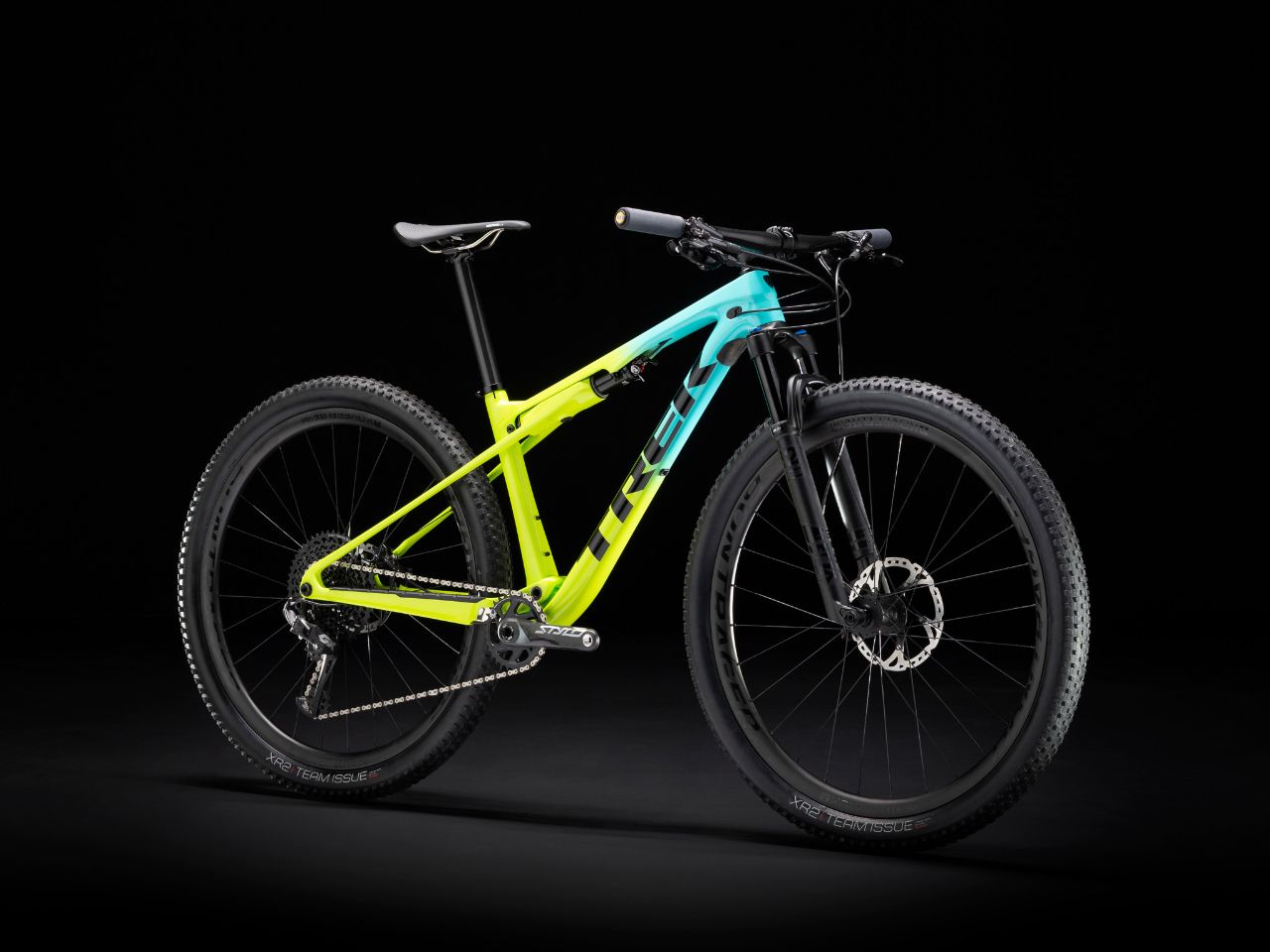
Cross country
Cross country bikes are all about going fast. Going fast up hills and going fast around race tracks. The hardtail cross country bike still looks the most like a classic mountain bike first did in the late 1980’s. That’s not to say they’re out of date. There’s been massive updates in the intervening 30 years. XC bikes can be full suspension or hardtail designs. They’re usually made of carbon fibre, and focused on minimizing weight. They usually have 100-mm of suspension travel, sometimes less to maximize pedalling efficiency.
XC geometry is optimized for climbing hills efficiently and getting around a race course as fast as possible.
Buy it if: You just wanna go fast and aren’t overly concerned with comfort. Hardtails can also be a more affordable entry into cross country.
Skip it if: You’re not concerned about racing, or want a comfortable bike that’s easy to ride.
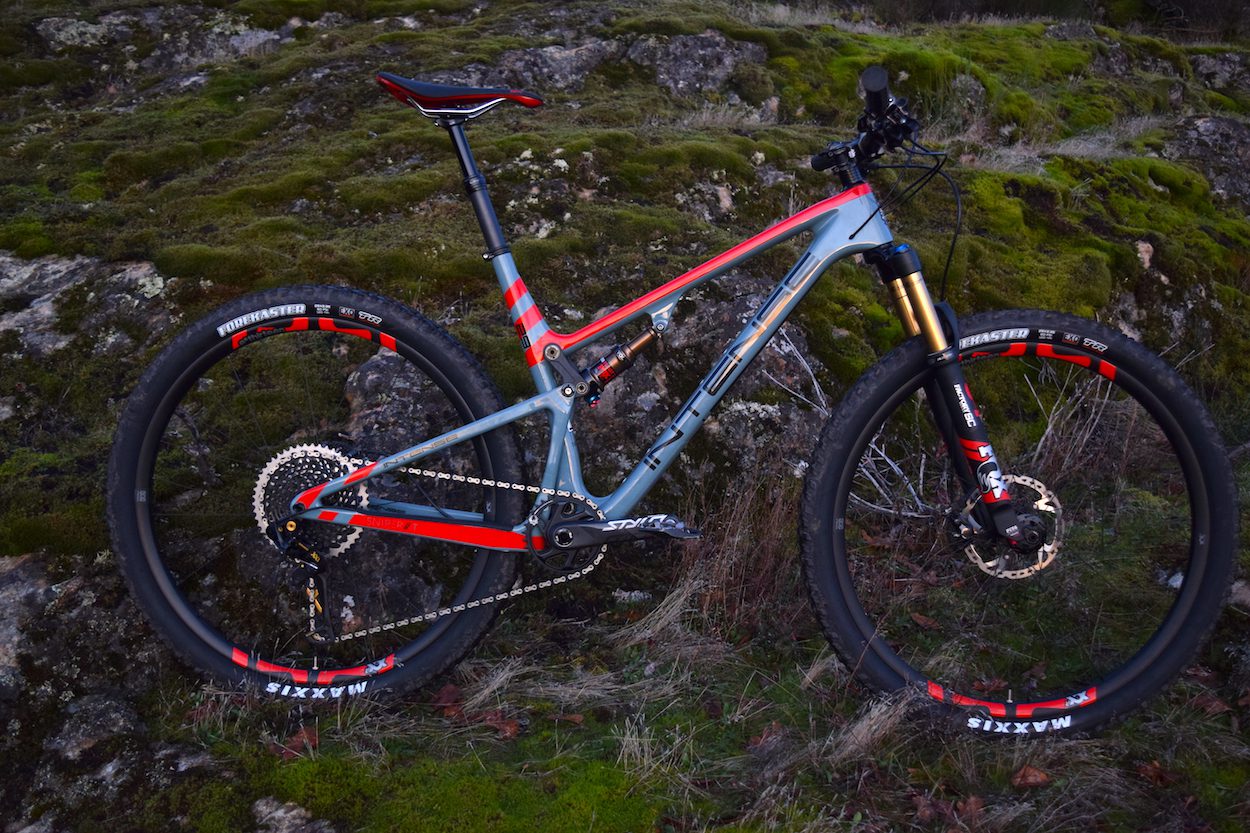
Marathon / endurance cross country
Cross country bikes are changing, fast. A new category of cushier, “endurance” XC bikes has emerged. These bikes are designed to balance marathon racing, stage racing, and everyday trail riding. They’re still focused on climbing, but with more consideration for how the bike will descend. This means slightly more suspension travel, up to 120-mm, and more relaxed geometry designed to be comfortable for long hours in the saddle.
Endurance bikes are great if you want to race marathon or multi-day cross country stage races where comfort and the ability to deal with unexpected trail features is key. They also work great as light trail bikes for riders who just want to go fast, but also want to ride a wider range of trails more confidently.
Buy it if: You want more comfort on long XC rides or really like going fast but want a bike that works for more trails. Or if most of your local trails are cross country trails, and you are maybe still planning on doing occasional XC races.
Skip it if: You don’t care about how fast you climb, are most interested in how a bike goes down hill, or rarely ride cross country style trails.

Trail
By far the most common and widest-ranging category is “Trail.” They are also the most broadly capable style of mountain bikes. Trail bikes can range from short-travel bikes all the way up to having 140/150mm suspension, and even hardtails. While there’s a huge variety of trail bike designs, they should be a bike that is comfortable riding a wide variety of terrain, from cross country trails to more aggressive and technical descents. Trail bike geometry is often a middle ground between XC and enduro bikes. A comfortable climbing position is mixed with tougher components and frame, heavier tires and more relaxed geometry that will be comfortable when the trails get spicy.
Buy it if: You want to do a little bit of every kind of riding, or don’t know what kind of riding you want to do yet. Maybe you want to do the occasional race, maybe you just want to ride all the trails and not worry about what bike you’re on.
Skip it if: You’re focused on racing, whether XC or enduro, or one very specific type of riding.
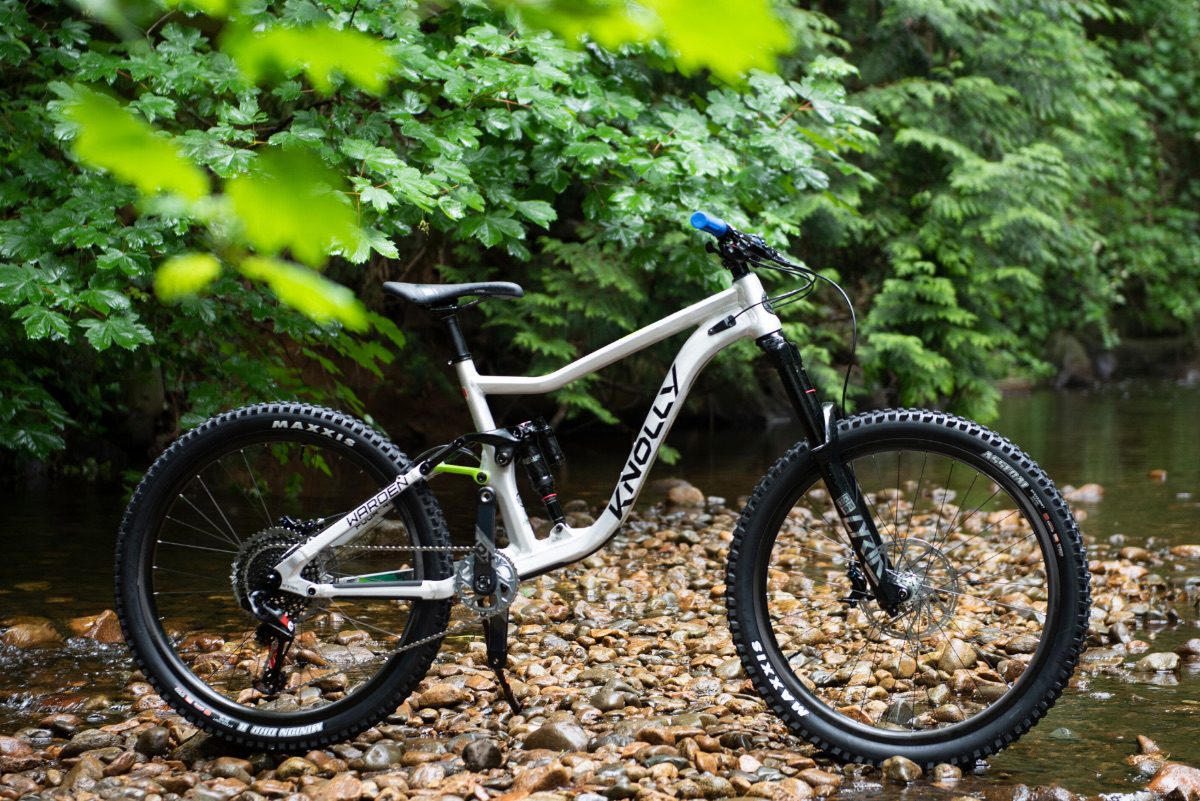
All Mountain / Big Mountain / Freeride
Like Trail bikes, All Mountain / Big Mountain bikes cover a wide range of uses. If you’re opting for an All Mountain bike over a Trail bike, you’re probably more interested in going downhill and just want to get to the top comfortably. Big adventure rides deep in the mountains, or pushing the limits on local descents, All Mountain bikes are about having fun on going down while still being efficient enough to pedal.
Longer travel, more relaxed geometry, and tough components separate these bigger bikes from their Trail bike siblings. They’ll be more capable when the trail gets steeper, descents are longer and rougher and the jumps get bigger.
Freeride could arguably be a separate category, but most current freeride bikes tend to be all-mountain or sometimes enduro bikes with much tougher parts builds.
Buy it if: You want a bike that will be more comfortable on descents, no matter what you run into going downhill, but still want to pedal up. If want to ride steep trails and big features, maybe even the occasional day in the bike park or enduro race, check these bikes out.
Skip it if: You want the most efficient bike on climbs, don’t like descending, or only want to race enduro.
Enduro (and “Super Enduro”)
As Enduro continues to grow into its own distinct discipline in mountain biking, Enduro bikes are also getting more and more specific. Enduro bikes are long-travel bikes designed for going as fast as possible downhill on the hardest trails around. Their geometry is built for speed on the descents, but also for pedalling back up hill to start the next race stage. Tough parts are designed to survive the abuse long days of racing, and even occasional bike park days. So-called “Super Enduro” bikes take this to the extreme. They mimick the geometry of downhill bikes and push into the range of 180-mm suspension travel.
Buy it if: You want to race. Specifically, go downhill as fast as possible in an enduro race. Or if you love racing your buddies at home, but still need to pedal back up the mountain.
Skip it if: You want a playful, “fun” bike, don’t always seek out the hardest trails around, or don’t plan on racing enduro.

Downhill / park
Downhill bikes are 100 per cent purely focused on going downhill. That can be getting from the top to bottom as fast as possible at your local downhill race, or riding laps of the local bike park. They’re designed to tame the roughest trails around. They are not designed to pedal up, or across that mountain. With long travel, very aggressive geometry, and super tough parts, they’ll get you down a mountain safely, or fast.
Buy it if: You’re only interested in downhill.
Skip it if: You don’t live near a chairlift or shuttle road.
Niches categories
There are numerous sub-disciplines of mountain biking to explore. They range from seasonally specific, like fatbiking, to use specific, like dirt jump bikes. There’s more, and they’re all exciting to explore. These are some of the most common niche categories.
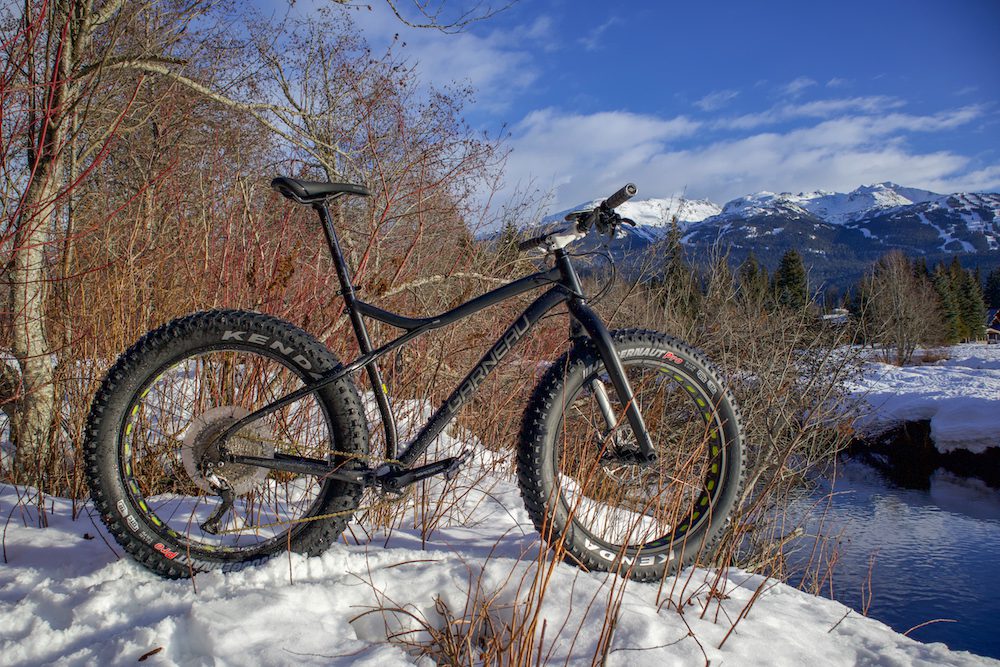
Fatbikes
Winter is real in Canada. Fat bikes are designed specifically to work in snowy or sandy conditions. Obviously, though, one of those is more relevant to the Canadian experience. High volume tires, run at ultra-low pressures float on top of snow so you can keep riding all year.
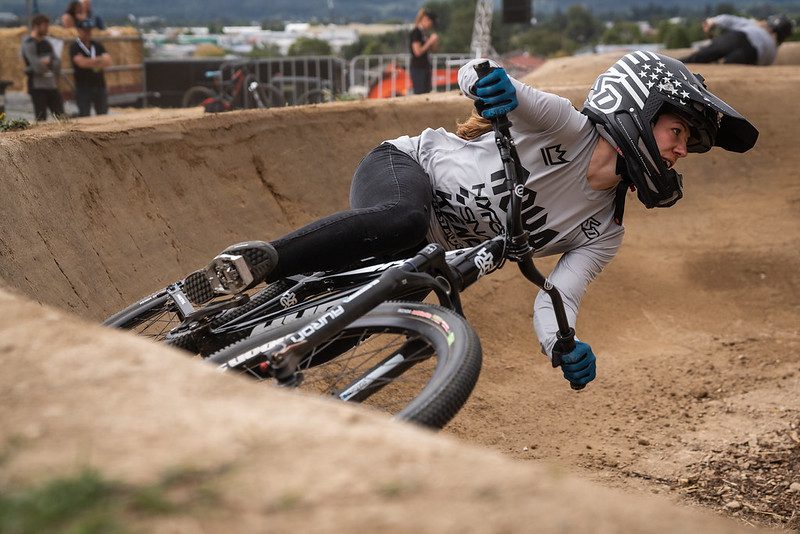
DJ / pump track
Dirt Jump or pump track bikes, as their name suggests, good for riding dirt jumps and pump tracks. They’re great for building skills, having fun, or even hitting up street riding with The Rise. Usually singlespeed hardtails with short travel forks and 26″ wheels.
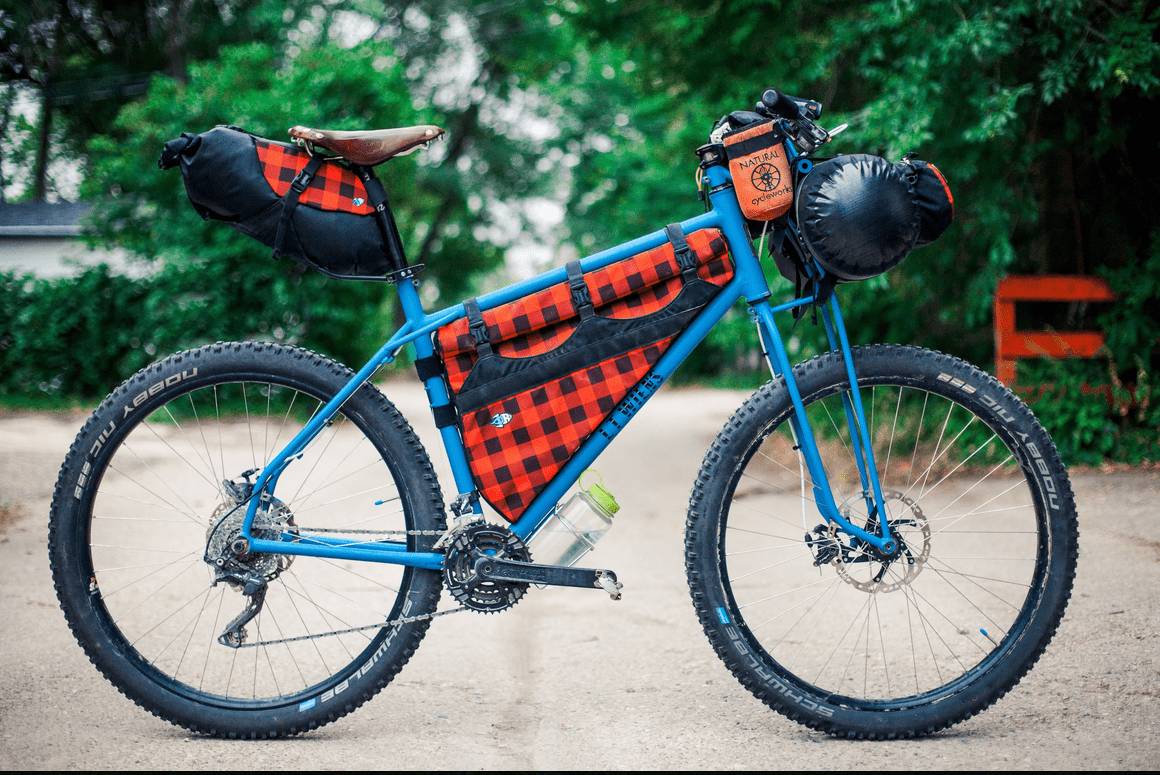
Bikepacking
You can strap bags to any bike and go bikepacking. Some frames, though, are now being designed specifically for this purpose. These frames have more water bottle cages and other multi-use mounts for racks, cages, and attachments and often have clearance for wider tires. Frames range from full rigid steel bikes to full suspension carbon fibre. As long as you can strap bags to it, you’re good to go bikepacking.

